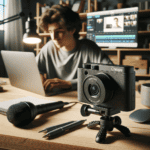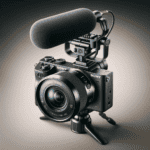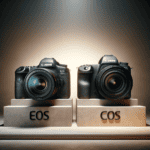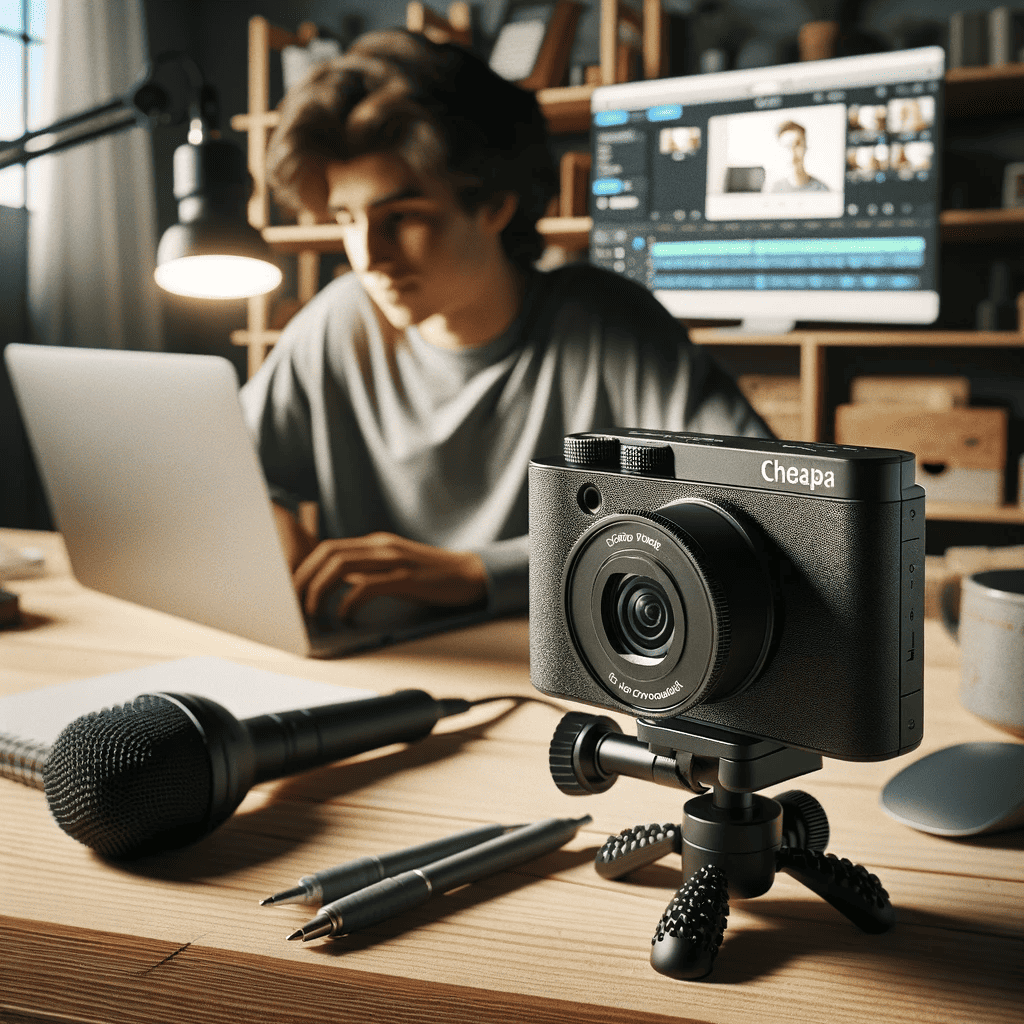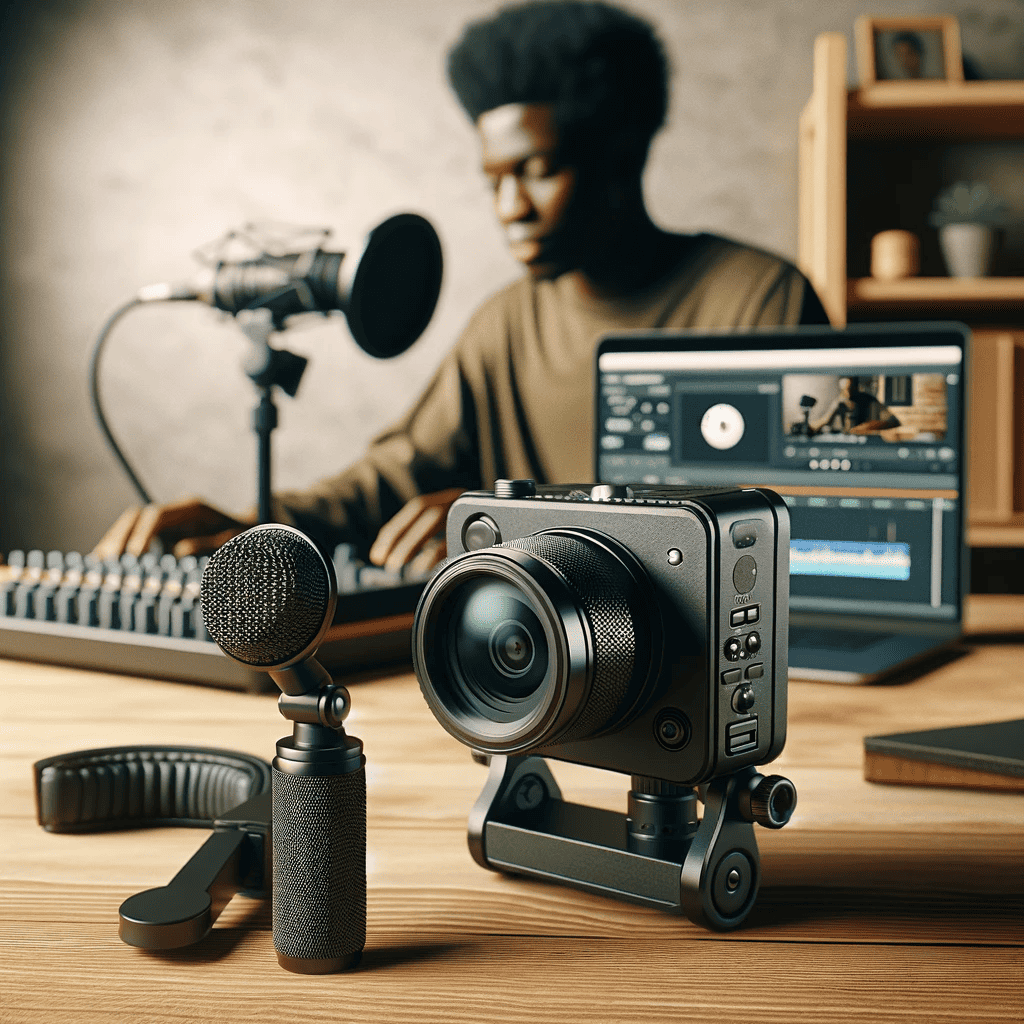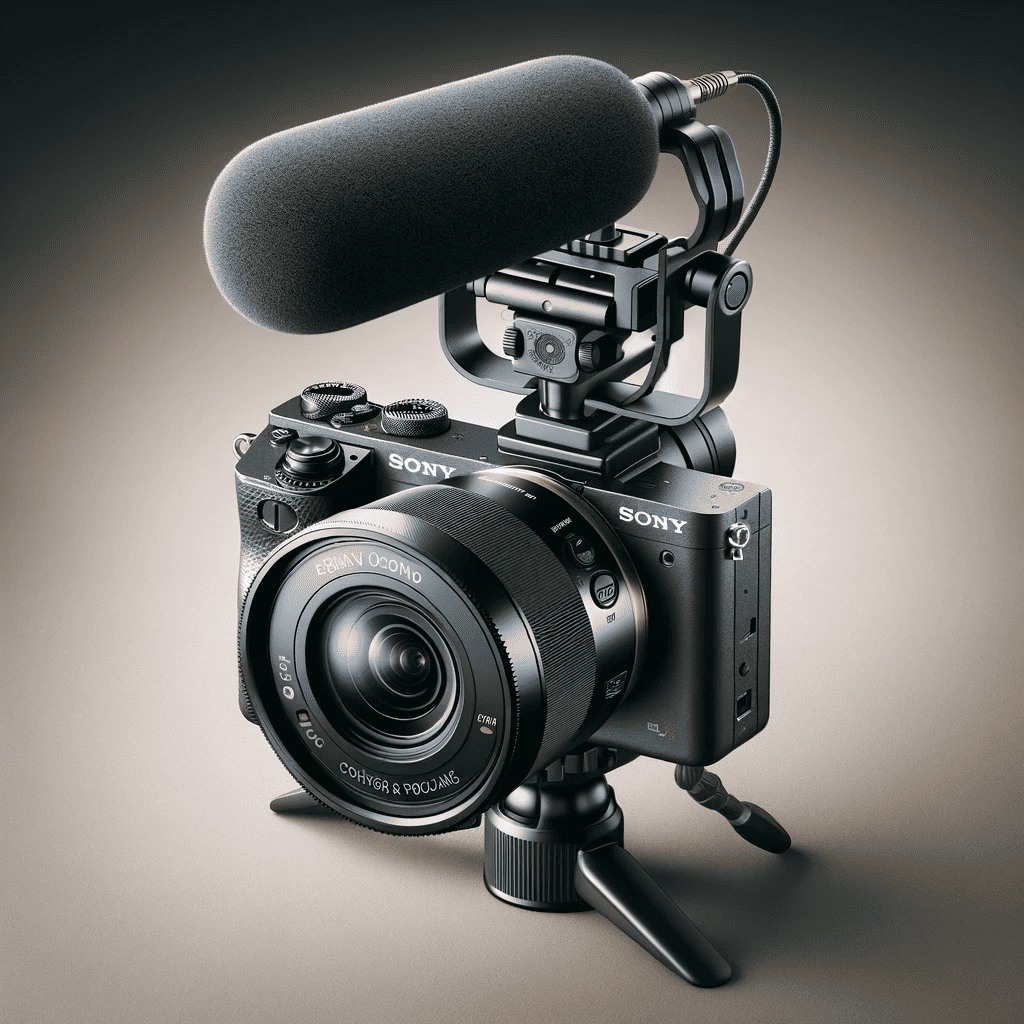Introduction
Photography is an art form that allows us to freeze moments in time, capturing the essence of a scene or subject. One of the fundamental aspects that distinguishes a great photograph from a mediocre one is achieving the perfect exposure.
Exposure, in simple terms, refers to the amount of light reaching your camera’s sensor, determining how bright or dark your image appears. It has a profound impact on the overall composition, mood, and storytelling potential of a photograph.
Importance of exposure in photography
Achieving proper exposure is vital because it directly affects the way your image communicates with its viewers. An underexposed photograph may appear dark and lack detail in shadow areas, while an overexposed image can result in loss of highlight details and washed-out colors. By mastering exposure techniques, photographers are empowered to accurately convey their intended message through well-balanced tones and contrast.
Moreover, exposure plays a crucial role in controlling depth of field – the range of sharpness from foreground to background. It allows photographers to create images with shallow depth for dreamy portraits or expansive depths for landscapes where every element is crisply rendered.
Definition of exposure and its components
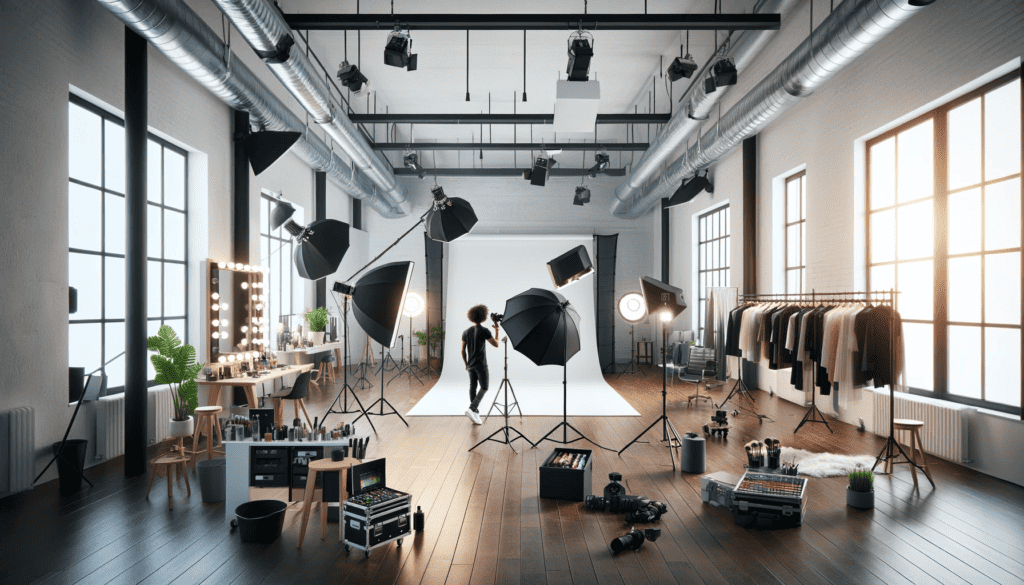
Exposure itself refers to the combination of three crucial elements: aperture, shutter speed, and ISO sensitivity – collectively known as the exposure triangle.
- Aperture: This refers to the lens opening through which light enters your camera. It determines how much light reaches your camera’s sensor and influences both exposure and depth of field.
- Shutter Speed: Shutter speed controls how long your camera’s sensor is exposed to light. It directly affects motion blur: faster speeds freeze action while slower speeds create intentional blur.
- ISO Sensitivity: ISO measures the sensitivity of your camera’s sensor to light. Higher ISO values make your sensor more sensitive, allowing you to shoot in low-light conditions but at the expense of increased digital noise.
By understanding and manipulating these three components, photographers can achieve their desired exposure and unleash their creative vision. Throughout this article, we will delve deeper into each element and explore various techniques to master exposure in different situations.
Understanding the Exposure Triangle
Aperture: The Window to Light
Aperture, often referred to as the “f-stop,” is a crucial component of the exposure triangle. It determines the size of the opening within your lens that allows light to pass through and reach your camera’s sensor.
Understanding aperture is vital because it directly affects exposure and depth of field. Aperture plays a significant role in controlling how much light enters your camera.
A wider aperture (represented by lower f-stop values such as f/1.8 or f/2.8) allows more light, resulting in a brighter exposure. Conversely, a narrower aperture (higher f-stop values like f/11 or f/16) restricts the amount of light reaching the sensor, creating a darker image.
Additionally, aperture settings influence depth of field –the range of sharpness from near to far in an image. A wider aperture creates a shallow depth of field, where only the subject remains sharply focused while everything else gradually blurs into a dreamy background.
This effect is ideal for portraits or isolating specific elements in nature photography. On the other hand, selecting narrower apertures increases depth of field, ensuring that objects in both foreground and background appear relatively sharp and detailed throughout your composition—an excellent choice for landscape photography where you want to capture every detail from close-up flowers to distant mountains.
Shutter Speed: Capturing Moments Frozen or Blurred?
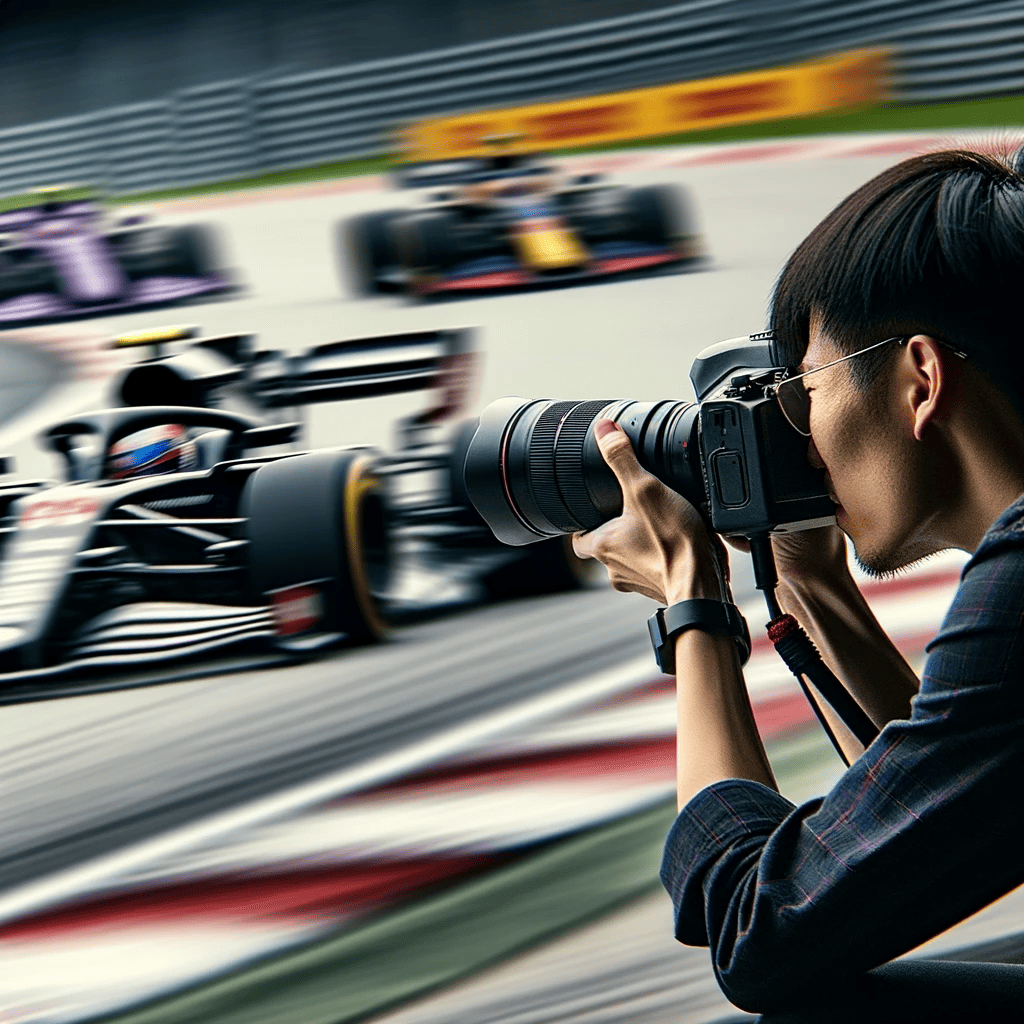
Shutter speed refers to the duration for which your camera’s shutter remains open when taking a photograph. It determines how long light reaches the camera sensor—how swiftly it captures movement and freezes action or deliberately blurs it for artistic effect.
For instance, fast-moving subjects like athletes in action or wildlife require quick shutter speeds (such as 1/1000th of a second) to freeze motion entirely—ensuring every detail is sharply captured in an instant. On the other hand, slower shutter speeds (e.g., 1/15th of a second) intentionally blur motion to add a sense of movement or create dreamy effects like silky waterfalls or light trails from moving cars during night photography.
Choosing the appropriate shutter speed involves understanding the subject you’re photographing and your creative intent. A general guideline is to use faster shutter speeds for action shots, slower speeds for intentional motion blur, and adjust accordingly based on available light conditions.
ISO Sensitivity: Balancing Light and Noise
ISO sensitivity refers to your camera’s ability to capture light and its sensitivity to low-light environments. It plays a crucial role in proper exposure while minimizing noise – undesirable grain-like artifacts that can degrade the quality of an image. By adjusting your ISO settings, you can control how sensitive your camera sensor is to light.
A lower ISO value (e.g., ISO 100 or 200) reduces sensitivity, suitable for well-lit situations when you want crisp images with minimal noise. However, in low-light scenarios where increasing aperture or slowing down shutter speed may not be sufficient for proper exposure, raising the ISO (e.g., ISO 800 or above) becomes necessary for capturing enough light.
It’s important to note that increasing ISO sensitivity also increases the potential for noise in your images. Modern cameras handle noise better than ever before but try to strike a balance between achieving proper exposure and keeping noise at an acceptable level.
Experimentation with different ISO values combined with aperture and shutter speed settings will help you find the optimal balance between capturing enough light while maintaining image quality. By understanding how aperture affects exposure and depth of field, how shutter speed freezes action or blurs movement, and how ISO sensitivity balances light gathering capabilities with potential noise levels, photographers gain mastery over the exposure triangle—unlocking endless creative possibilities within their craft.
Metering Modes for Accurate Exposure Measurement
Evaluative Metering Mode (Matrix Metering)
When it comes to achieving accurate exposure, evaluative metering mode, also known as matrix metering, is a widely-used and versatile option. This metering mode divides the scene into multiple zones and analyzes the light distribution in each zone to calculate the optimal exposure. The camera’s built-in intelligence then compares this data with an extensive database of reference images to determine the most appropriate settings.
One of the notable advantages of evaluative metering mode is its ability to handle a wide range of lighting situations. It excels in scenes with complex lighting conditions or when there are both bright and dark areas within the frame.
By considering various elements such as color, distance, and subject movement, this mode can provide balanced exposures that capture details across different areas effectively. However, it’s important to note that evaluative metering may not always produce desirable results in certain scenarios.
For example, high contrast scenes with extreme highlights or shadows may cause the camera to prioritize one area over another, leading to overexposure or underexposure in specific parts of the image. In such cases where precise control over exposure is required, other metering modes would be better suited.
Center-Weighted Average Metering Mode
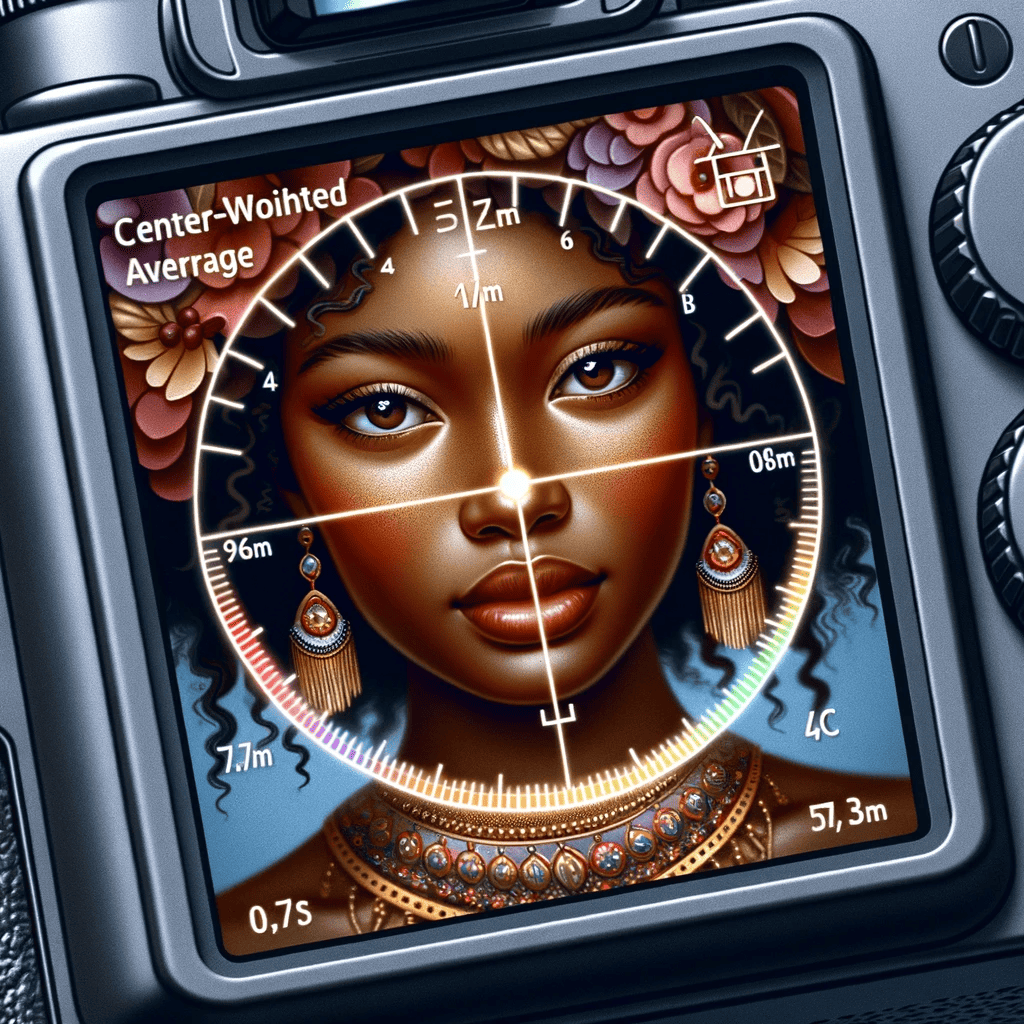
In situations where you have a dominant subject or when you want more control over the exposure measurement area, center-weighted average metering mode becomes a valuable tool.
This mode primarily considers the light distribution within an adjustable central area of your frame while still accounting for some information from other areas.
When utilizing center-weighted average metering mode effectively, it’s crucial to position your main subject within that central area to ensure accurate exposure calculation for your subject rather than being influenced by the surrounding environment.
This mode is particularly useful for portraits, where you want to prioritize the exposure on the subject’s face, and landscapes with a distinct subject in the center. However, it’s important to keep in mind that center-weighted average metering mode may not be suitable for scenes with significant variations in lighting across different parts of the frame.
In such cases, elements outside the central area may receive less consideration, potentially leading to underexposure or overexposure in those areas. It is essential to assess your composition and lighting conditions carefully before utilizing this metering mode.
Spot Metering Mode
Spot metering mode provides precise control over exposure by measuring light only within a specific spot or region. Unlike evaluative or center-weighted average metering modes which consider larger areas, spot metering focuses solely on a small section of your frame, typically covering 2-5% of the image area.
This mode can be especially beneficial when dealing with challenging lighting situations. By targeting a specific spot that represents your subject’s mid-tones or desired exposure level, you can ensure accurate exposure measurement even if there are bright highlights or deep shadows surrounding it.
Spot metering is particularly useful when shooting backlit subjects, where you want to maintain details and prevent them from being underexposed due to excessive brightness in the background. While spot metering provides precise control over exposure measurements within a limited area, it requires careful consideration and understanding of your subject and its surroundings.
Improperly placing the spot can result in incorrect exposures if you unintentionally target an extremely bright or dark element within your frame without considering its impact on overall composition. Therefore, it’s crucial to evaluate both your subject and its surroundings before relying solely on spot metering for accurate exposures.
Exposure Compensation Techniques
Understanding Exposure Compensation
In the realm of photography, exposure compensation plays a pivotal role in achieving the perfect exposure. It refers to the adjustment made to either increase or decrease the exposure set by the camera’s metering system. While modern cameras are equipped with advanced metering algorithms, they sometimes struggle to accurately interpret challenging lighting situations.
This is where exposure compensation becomes invaluable. By manually adjusting the exposure, photographers can override the camera’s suggested settings and fine-tune their image’s brightness level.
Explanation of exposure compensation and why it is important
Exposure compensation allows photographers to take control over their images and compensate for scenes that may fool the camera’s light meter. For instance, when capturing a snow-covered landscape, the camera might be fooled by the bright snow and attempt to darken it, resulting in an underexposed image.
In such cases, using positive exposure compensation (+EV) can brighten up the image and ensure accurate representation of the scene. Conversely, when photographing a scene predominantly composed of dark tones, like a night sky filled with stars or a dimly lit room, negative exposure compensation (-EV) can prevent overexposure and retain details in darker areas.
Balancing Multiple Exposures with Bracketing
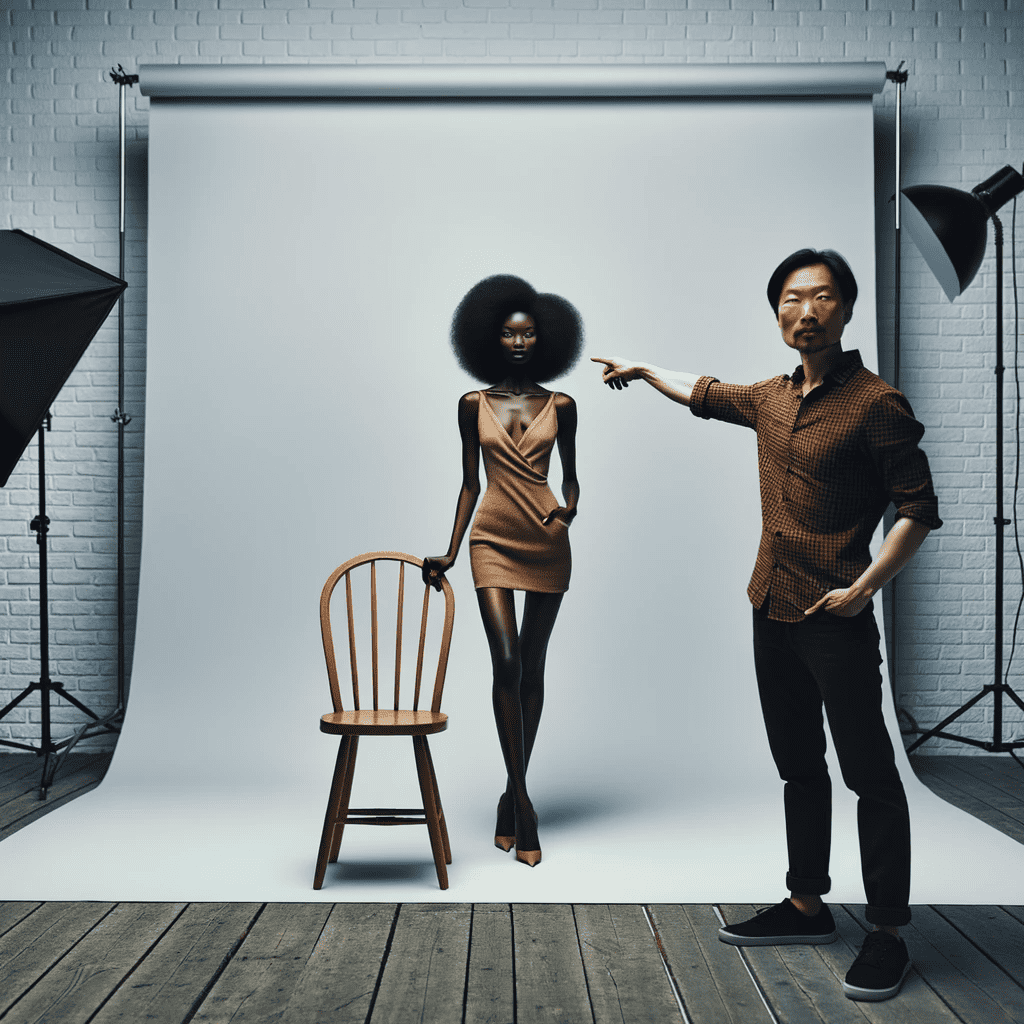
Bracketing is an essential technique employed by photographers when striving for optimal exposures in challenging lighting conditions or high-contrast scenes. It involves taking multiple shots of a subject at different exposures – one correctly exposed according to the camera’s meter reading and others slightly overexposed (+EV) and underexposed (-EV). By bracketing exposures, photographers increase their chances of capturing at least one perfectly exposed shot.
Definition of bracketing and how it helps
Bracketing involves capturing multiple exposures (typically three: one at 0 EV, one overexposed, and one underexposed) to create a range of exposures. These images can then be blended, either manually or using post-processing software, to produce a final image with balanced exposure throughout.
Bracketing is particularly useful in high-contrast scenes where maintaining detail in both bright highlights and shadowy areas is challenging. Additionally, it provides more flexibility during the editing process as photographers can choose the exposure that best suits their creative vision.
Conclusion
Mastering exposure compensation techniques and understanding bracketing greatly enhance a photographer’s ability to capture stunning images across various lighting situations. By manipulating exposure compensation settings, photographers can overcome the limitations of their camera’s metering system and achieve accurate exposures even in tricky lighting conditions.
Furthermore, bracketing allows for greater control in post-processing, resulting in impactful photographs that effectively convey the intended mood and atmosphere. So embrace these techniques with confidence, and let your creativity flourish as you navigate the fascinating world of Photography!

